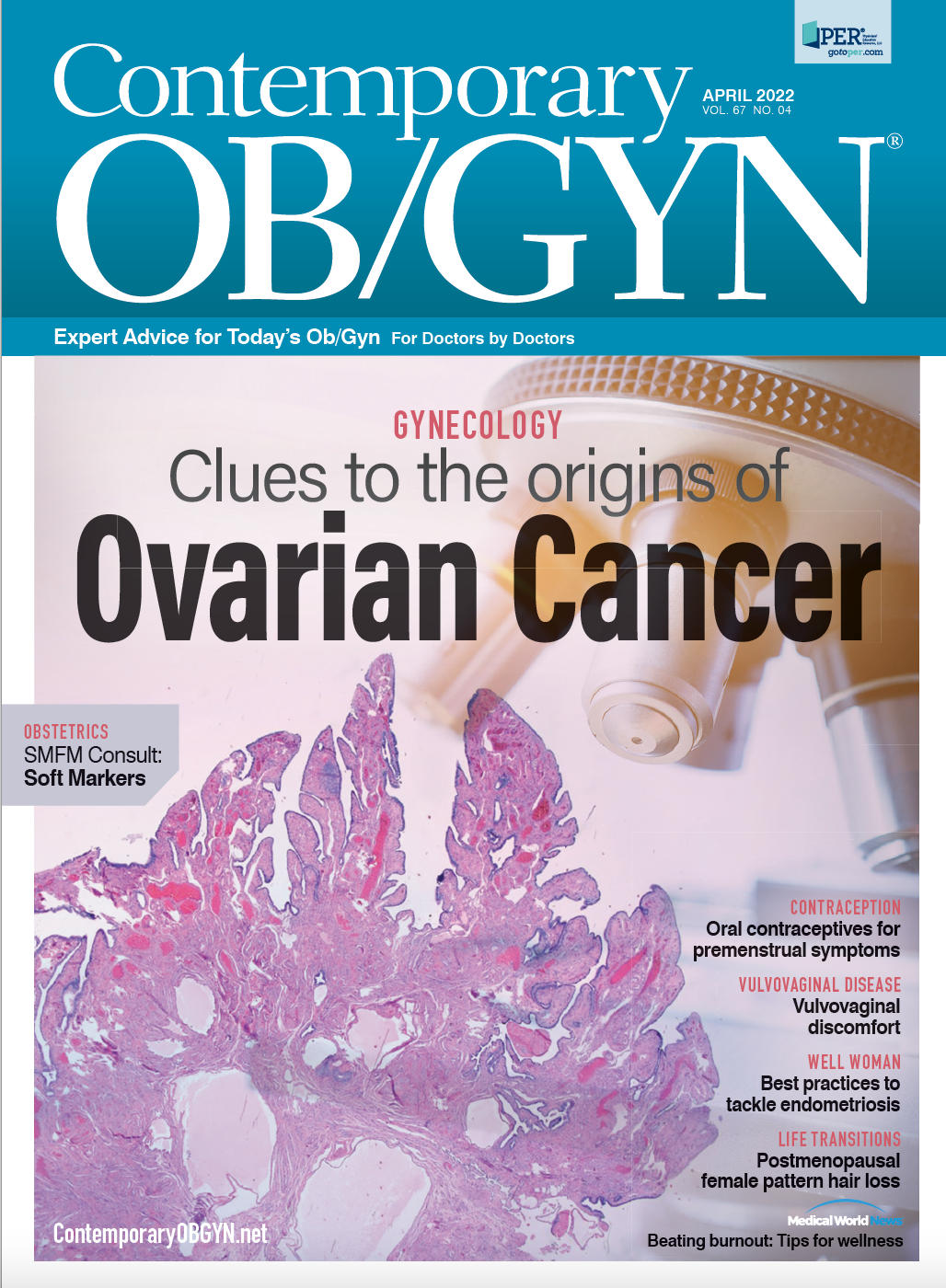Help prevent sexual assault
Sexual assault affects more of those around us than we know, from coworkers to friends and family to the individual across from you in the coffee shop.
Sexual assault affects more of those around us than we know, from coworkers to friends and family to the individual across from you in the coffee shop.
In the United States, a sexual assault is committed every 68 seconds. One of every 6 women in the US has been the victim of an attempted or completed rape, and 1 in 33 men in the US has been a victim of an attempted or completed rape.1 Only 25 of every 1000 perpetrators go to prison, according to the Rape, Abuse & Incest National Network.1
Sexual assault can happen anywhere, with 55% of sexual assaults occurring at or near the victim’s home, 15% in an open public place, 12% at or near a relative’s home, 10% in an enclosed public area (eg, parking garage/lot), and 8% on school property.1
April is Sexual Assault Awareness and Prevention Month, an excellent time to educate and equip ourselves and our patients with strategies to help prevent and protect victims of sexual assault.
Sometimes an individual may be a bystander to sexual assault. Common reasons for bystanders not intervening in situations include not wanting to cause a scene, wanting to mind their own business, or thinking someone else will step in.
However, there are ways to lend a hand in preventing sexual assault from happening in the first place by implementing active bystander intervention strategies.
Whether it’s stepping in when an individual acts aggressively or giving a friend a ride home when they’ve had too much to drink, active bystander intervention is integral to helping prevent
sexual assault.2
By being a more proactive bystander, we can help prevent sexual assault and thus create a safer environment for ourselves and those around us.
Mike Hennessy Jr
President and CEO, MJH Life Sciences®
References
- Statistics. RAINN. Accessed February 23, 2022. https://www.rainn.org/statistics
- Practicing active bystander intervention. RAINN. Accessed February 23, 2022. https://rainn.org/articles/practicing-active-bystander-intervention?_ga=2.126991567.39737792.1645629250-193895623.1645629250

Importance of reproductive health services for adolescents during the COVID-19 pandemic
October 30th 2024In a recent study, high rates of reproductive health service use were reported among adolescent mothers, indicating the benefits of this model for providing care when other options are unavailable.
Read More
Increasing ondansetron use reported against NVP in the United States
October 29th 2024Despite being recommended as a third-line therapy, rates of ondansetron use to treat nausea and vomiting in pregnancy have increased, making it the most common prescription antiemetic against this condition in the United States.
Read More
Study finds high rates of incidental MRI findings in endometriosis cases
October 29th 2024A recent study highlights the frequent occurrence of incidental findings on pelvic magnetic resonance imaging for endometriosis, emphasizing the need for radiologists to focus on those with higher clinical significance.
Read More
